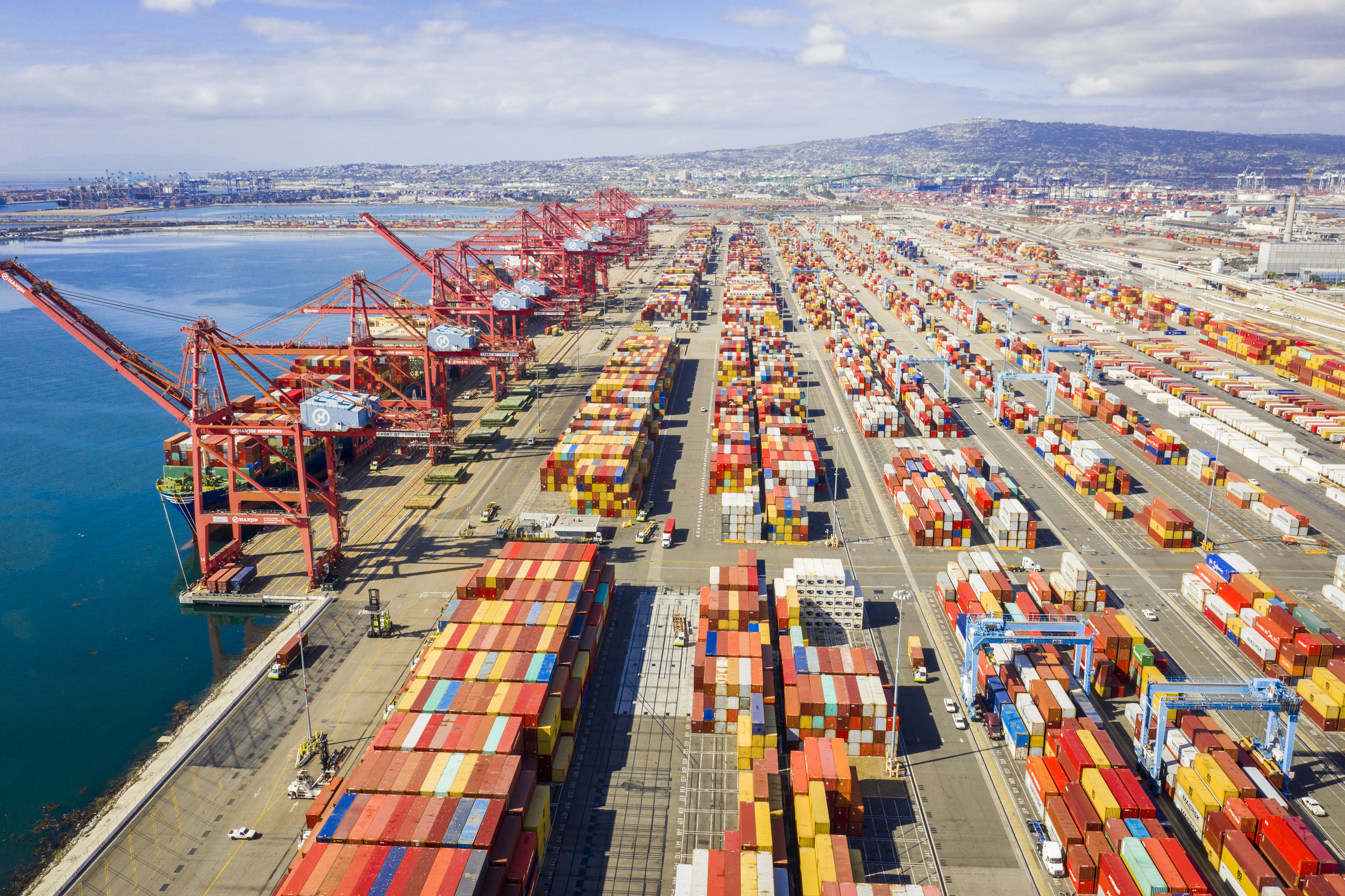Why Are Tire Prices Always Changing?

Is there anything more puzzling that price shifts that seem to defy explanation? When the price of fuel spikes upward, we all wonder why it increased. We groan when tomatoes, eggs or oranges are more expensive at the market. We don’t know why we’re paying more for something that was cheaper the last time we bought it.
Most retailers and consumers understand supply and demand and can grasp how the costs of raw materials and labor affect prices. That doesn’t mean it’s any easier to accept. It’s the same with tires. Prices fluctuate and when they rise, we’d like to know why we’re paying more – not only at the cash register as customers, but also at the wholesale and commercial levels.
We enlisted the help of our Executive Director Zafar Hussain to help explain why tire prices always seem to be in motion. Hussain, also a ZAFCO board member, started in the tire business in the late 1980s while working for his father, ZAFCO founder Mohammed Hussain. He has helped ZAFCO grow from a small shop in the heart of Dubai to a global operation that spans 80 countries.
Why are tire prices always in flux?
Tire prices, like any other commodities, are influenced by two major factors. Supply and demand and fluctuations in the prices of raw materials. As far as supply and demand is concerned, there are no major shifts happening. It’s been pretty stable for the past few years and will remain stable for the next five to 10 years.
As far as the cost of raw materials is concerned, crude oil prices and the cost agricultural crops like natural rubber cause huge price fluctuations because 60% of the raw materials in a tire has are petrochemical-based. No one can predict which way it will swing, due to the geopolitical environment.
What steps does ZAFCO take to try to smooth the price shifts? Which tactics or strategies have been successful recently?
We hedge our positions in terms of currencies we buy raw materials with, the raw material itself, and making sure we have enough production planned in order to cater the needs of our distributors and end customers. Planning is the key. Our very dynamic ERP (enterprise resource planning software) helps us to make some of the analysis and a prediction model quite robust.
How have the prices of raw materials – natural and synthetic rubber – affected tire prices in recent years?
They have influenced prices a lot. We have seen quite a variation on the end product only due to raw material price fluctuations.
How do global oil prices impact tire pricing?
Sixty percent of the raw materials that go into making tires is petrochemical-based, so oil prices have a huge impact on tire prices.
Tires are heavy. How much does the cost of shipping impact tire prices at the wholesale and retail levels?
Shipping costs account for a major part of the overall cost a consumer pays for a tire. From the factory, to the distribution warehouse, to the retailers, a lot of logistics are involved. Tires are also heavy and take up a lot of volume, so they generate huge transportation costs.
How should retailers explain price changes to customers if they are asked?
It’s a difficult equation to explain to a customer, however raw materials would be the best explanation for a layman to understand.
When is the last time tire prices went down?
It was not too long ago. However, the impact was minimal and most consumers will not even feel it because they shop for tires once every two or three years.
How predictable are these pricing changes? Is it easier to anticipate a price increase or decrease?
It is almost impossible to predict a price change.
—
Zafar Hussain is one of the Executive Director and sits on Board of Directors for ZAFCO Group. He is a part of the second generation of our family-run organization.

Leave a Reply
You must be logged in to post a comment.